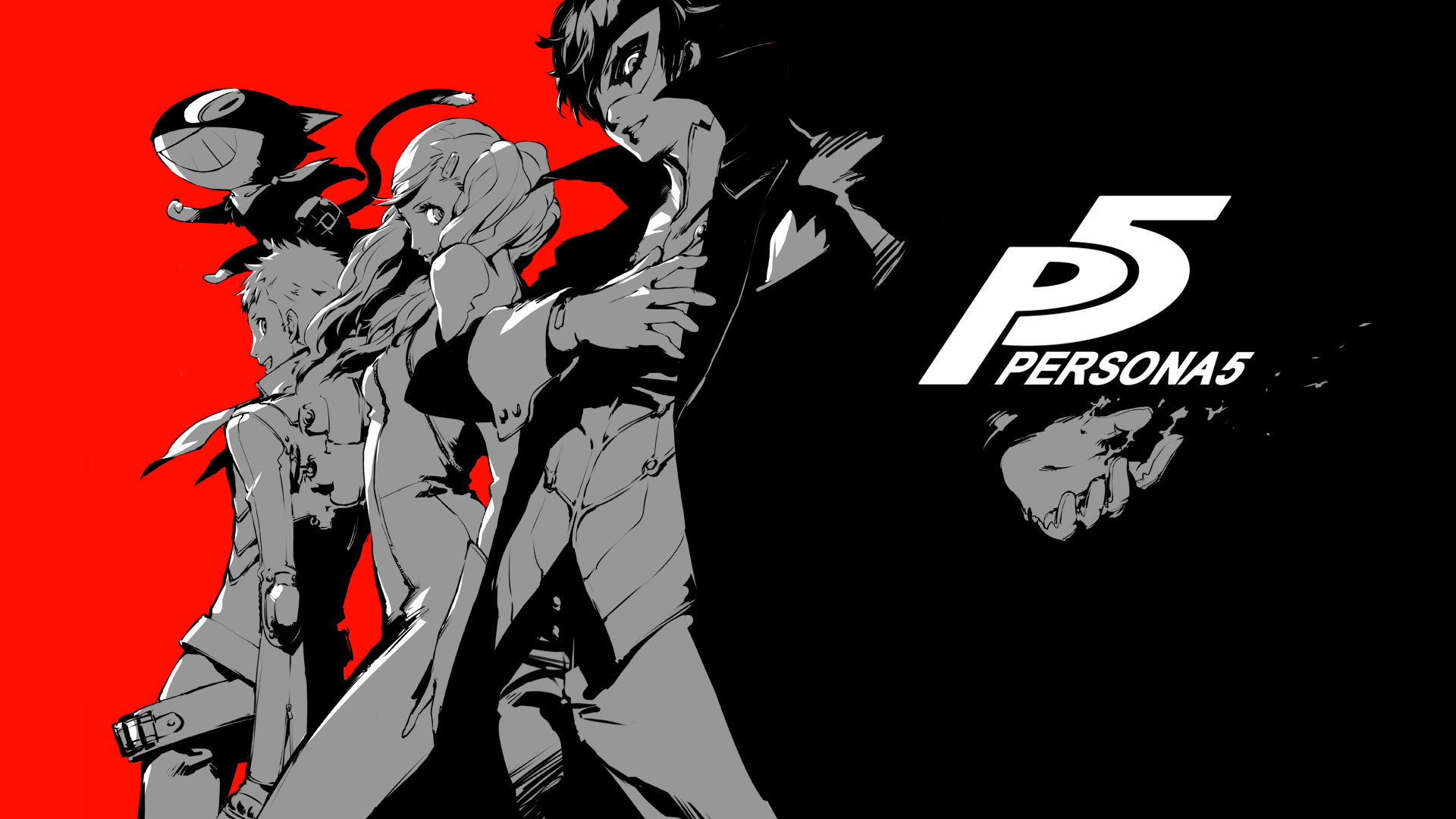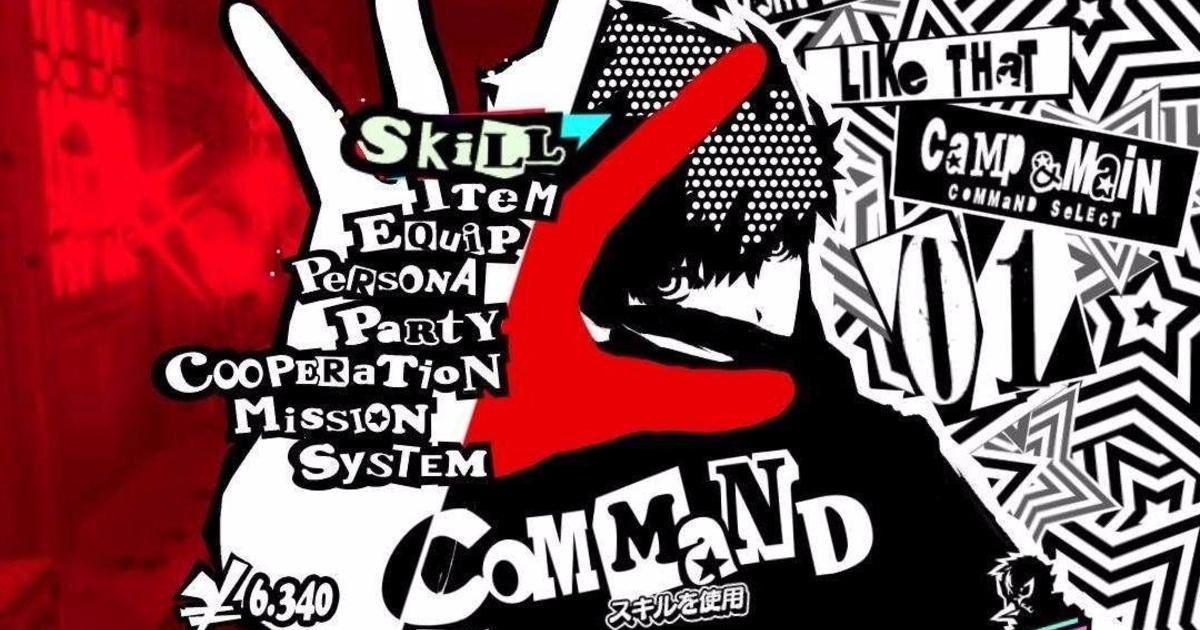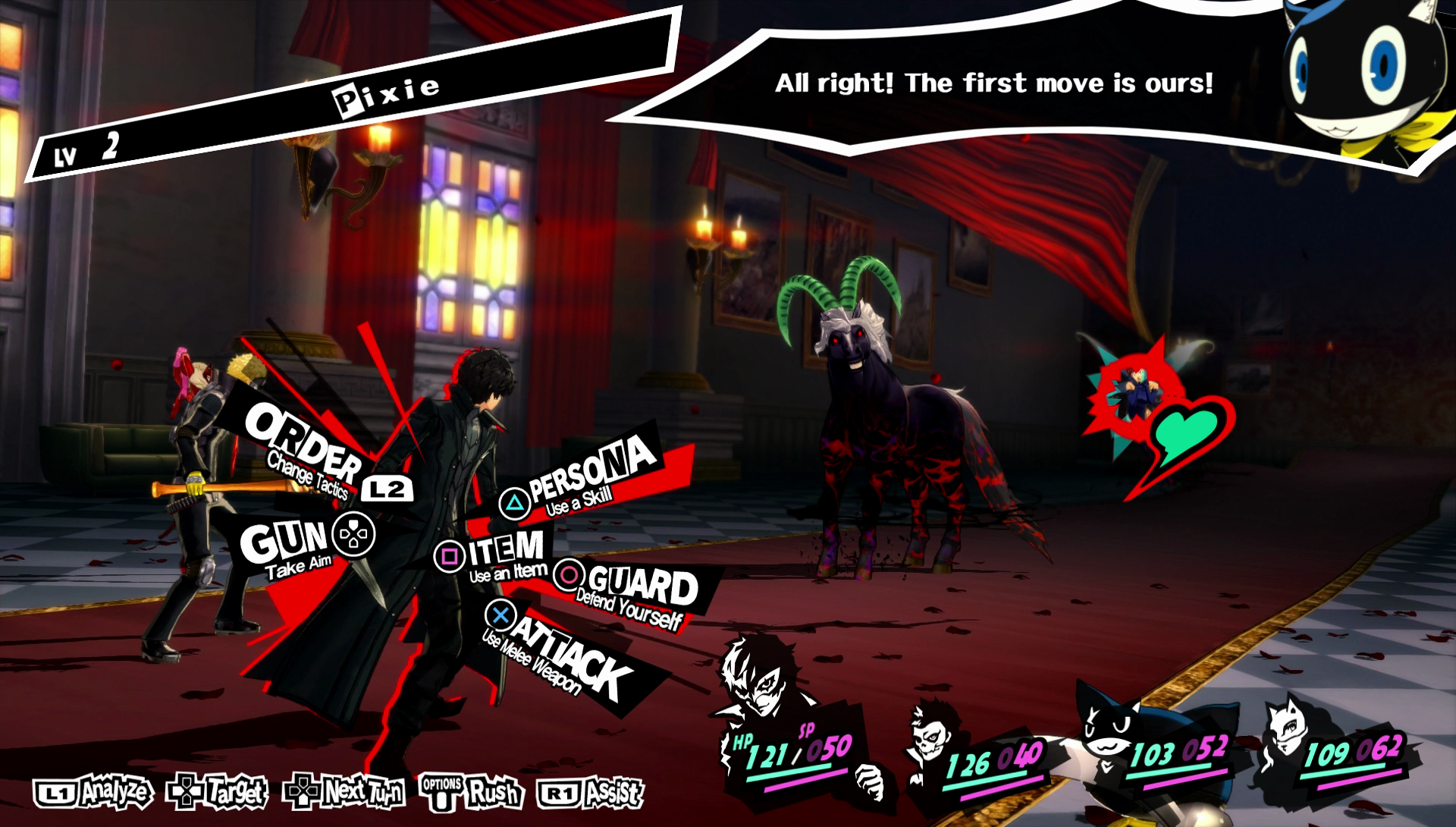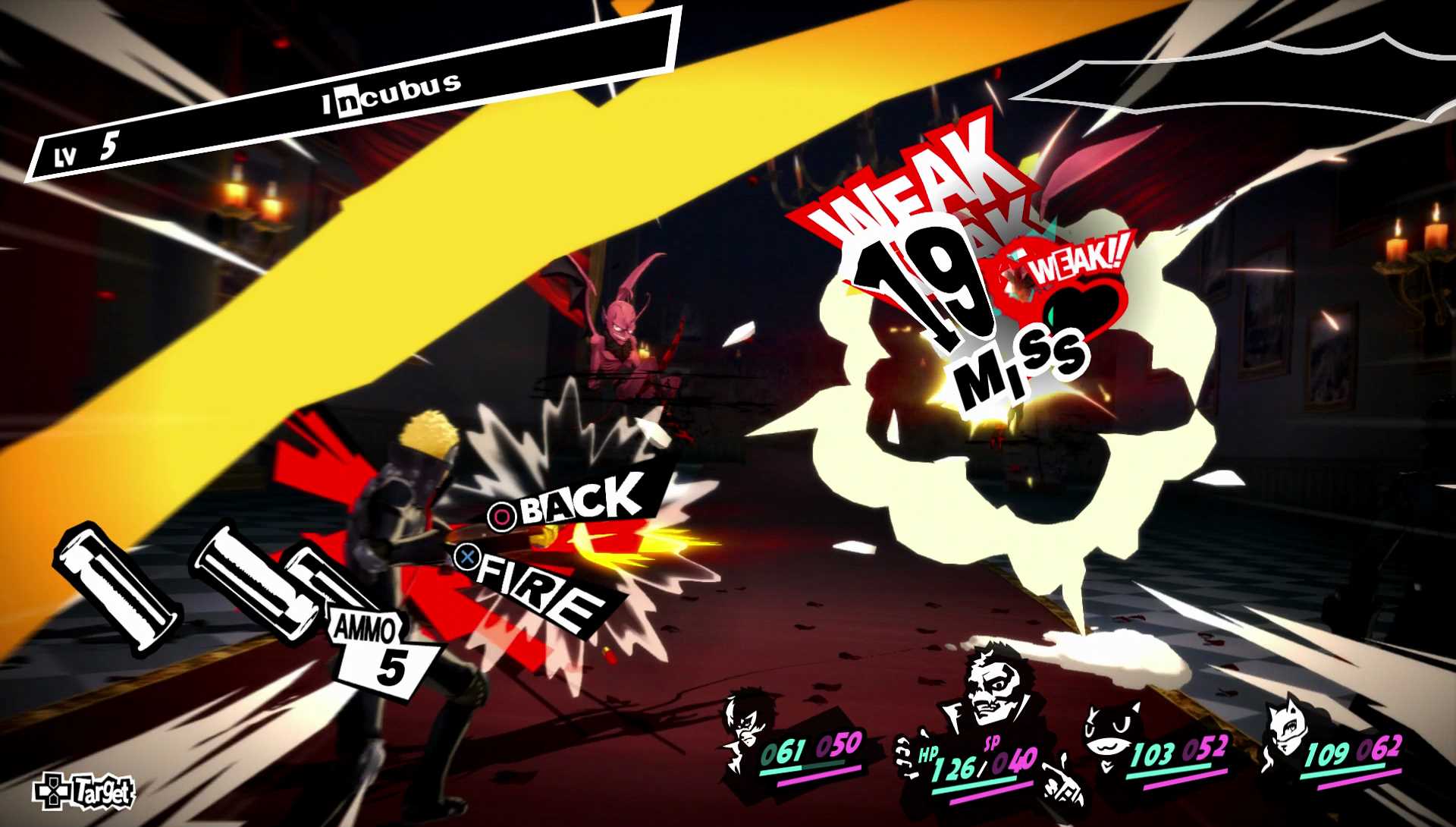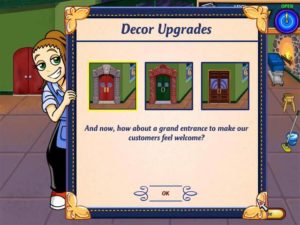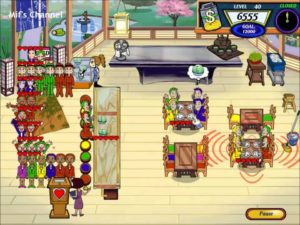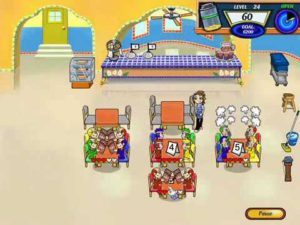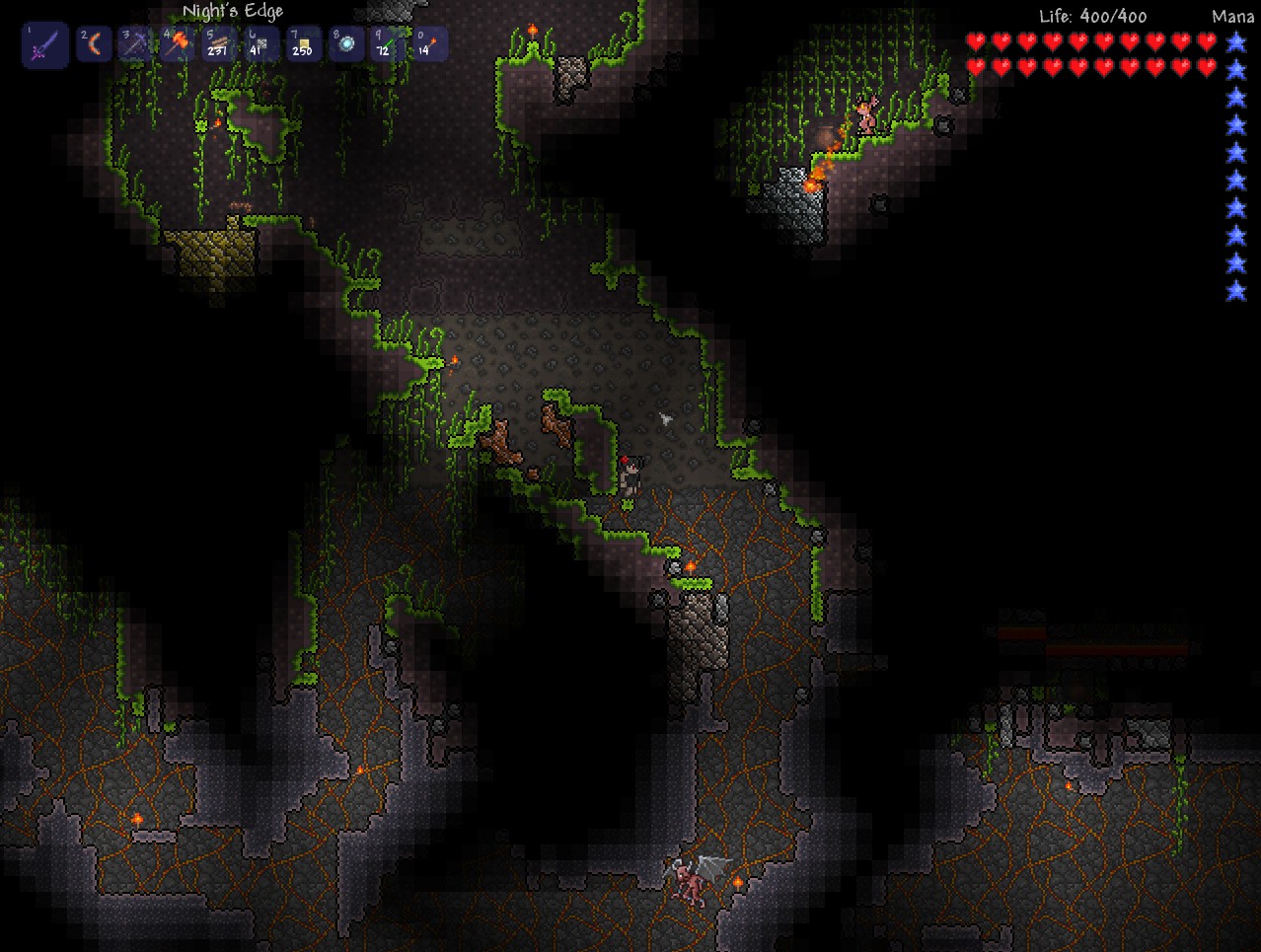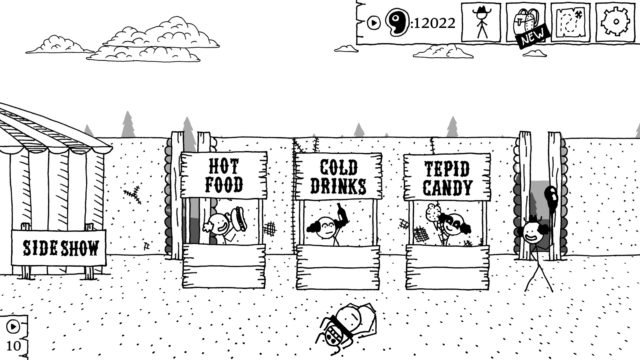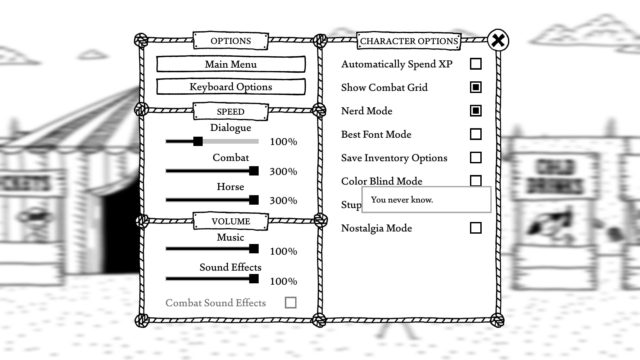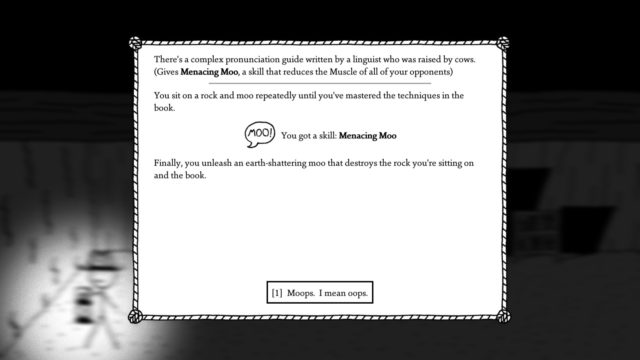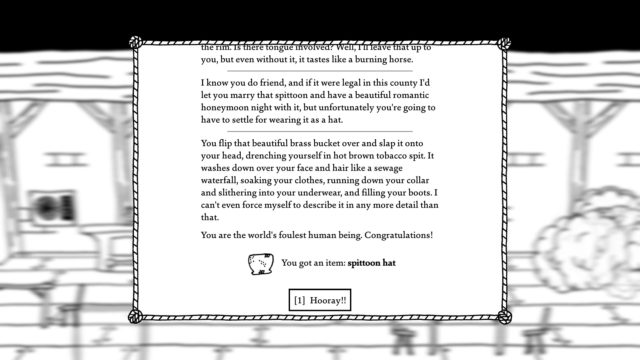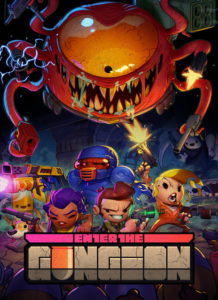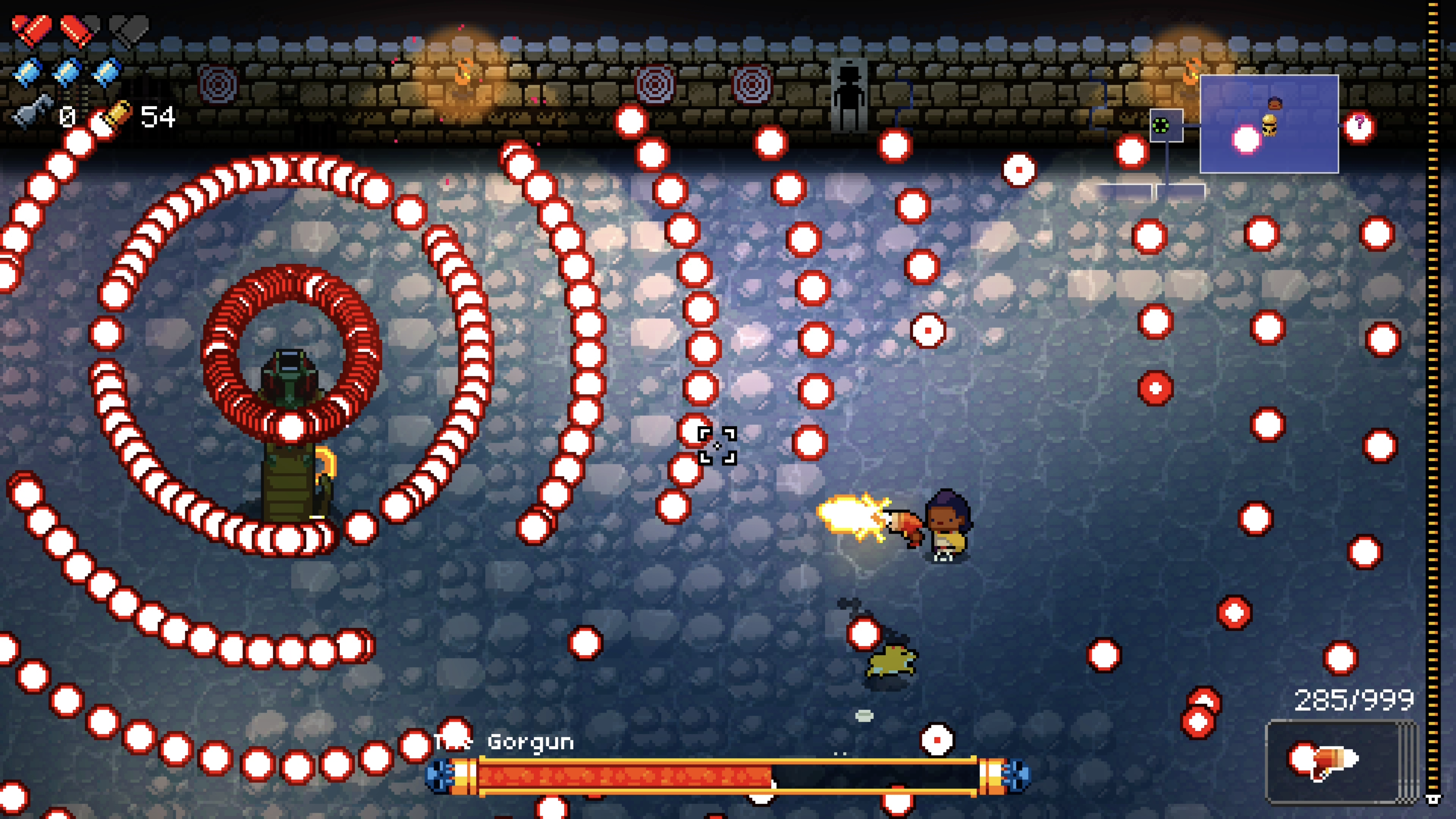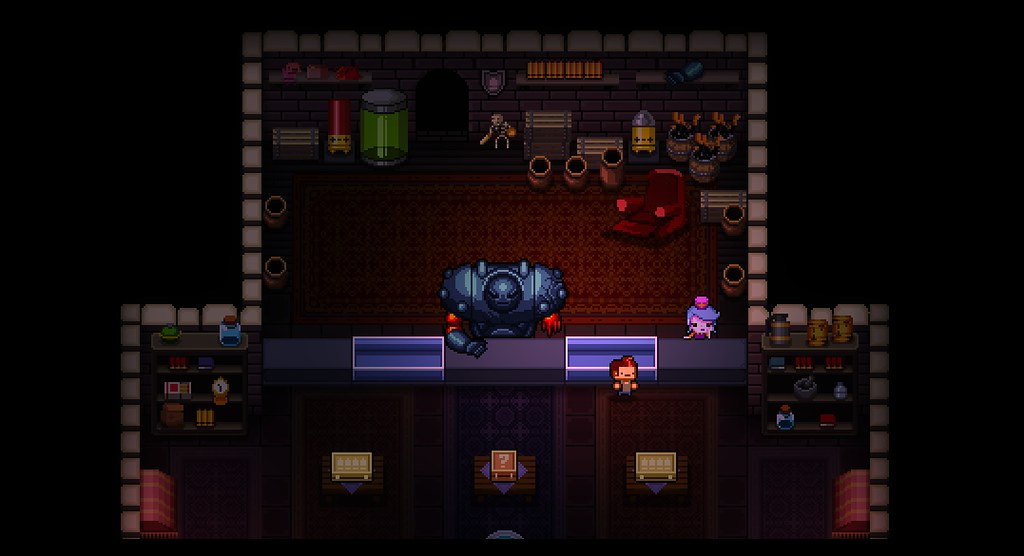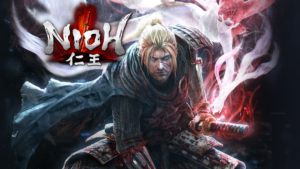
Nioh is an action role-playing game developed by Team Ninja and published by Sony Interactive Entertainment in early 2017 for the PlayStation 4. A port for Microsoft Windows was also released later in the year, which contained all of the title’s downloadable content.
Set in the early 1600s Japan, the events of the game take place in a fictionalised version of the Sengoku period, a part of Japanese history marked by civil war and political conflicts. In this game, the player accompanies the main character on his journey across a foreign land filled with danger, conflict and supernatural beings.
Lens of the Elemental Tetrad
The four basic elements of the game are implemented harmoniously and as a result they provide a coherent and engrossing narrative as well as gameplay experience for the player.
Story – Based on the life of William Adams, an English navigator turned Western samurai, the game’s plot revolves around an Irish sailor’s (also named William) pursuit of the antagonist in order to retrieve what was stolen from him. His journey leads him through foreign soil engulfed in war and yokai (supernatural beings in Japanese folklore). Throughout the game, William encounters and interacts with various historical figures from the Sengoku period including Tokugawa Ieyasu, Hattori Hanzo and Ii Naomasa. In order to achieve his goals, William ends up forming alliances and help repel the opposition, be it human or yokai.
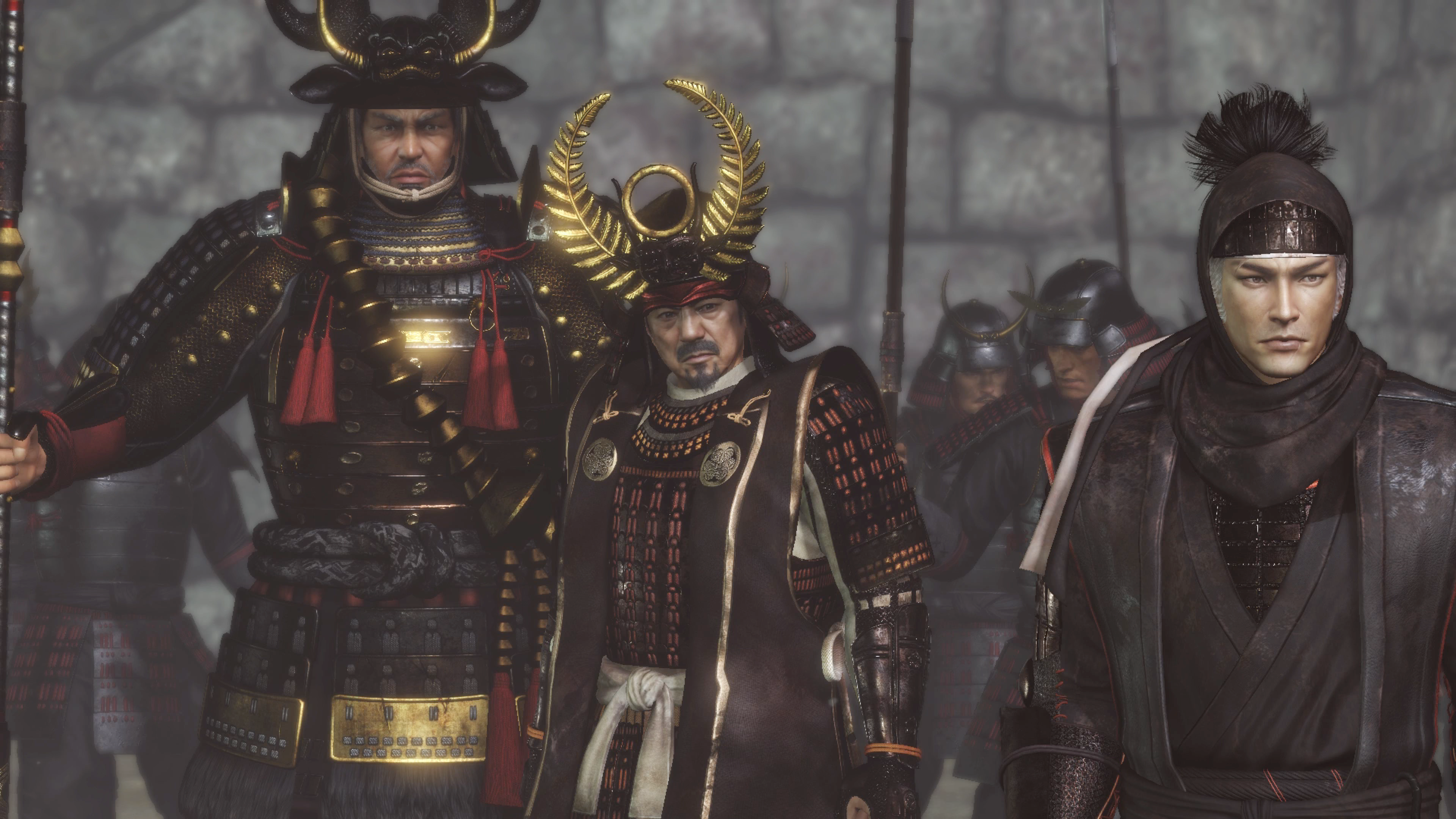
Aesthetics – Through the game’s design choices, the setting is presented excellently. The characters are outfitted accordingly for the time period, featuring traditional samurai armour, shinobi garb and weapons that were not out of place. Equally fitting, the environment is populated with traditional Japanese architecture such as castles, temples, shrines and dojos. Levels are lit properly, conveying scenes of serenity, destruction or danger realistically. The decision to have most characters speak Japanese furthers the immersion, given that English-speaking Japanese were rare during that era. When some of them do speak, they do so with an accent. All these come together to let the player feel that they, like William, have stepped foot on a foreign country with its own culture and history.
Mechanics – The game is divided into discrete levels, with distinct objectives assigned, such as slaying a boss enemy, acquiring an item of strategic value or rescuing a character. Often compared to the Soulsborne games (Demon’s Souls, Dark Souls and Bloodborne), the gameplay focuses mainly on third-person melee combat. On top of that, William is also able to engage in ranged combat via bows, rifles, shurikens, talismans etc. Players can also cast spells or consume items to provide various buffs as they deem fit to deal with the situation at hand. Iconic to the Soulsborne games as well as the titles it inspired, upon death the player drops experience points currently carried at the location of death. If the player dies before returning to the same location and reclaiming it, what was dropped is simply lost.
Technology – The game engine utilised was built from scratch and offers graphical fidelity and performance that is worthy of a modern 3D title. This allows the game to present great visuals and fluidity, making it a joy to witness as well as play.
Lens of Challenge

- Enemies, even common ones, can swiftly end the player’s life in a few hits if given the chance. While it is true that casual gamers are likely to have issues with the difficulty, the game is in actuality not as hard as it is demanding. Players are equipped with appropriate tools to deal with enemies such dodging or blocking, and by observing the enemy attack animation, it is the player’s carelessness for getting hit.
- Apart from combat, other challenges exist in the form of environmental hazards. Poison filled caverns or pitfalls demand the player’s awareness of their surroundings, especially in the heat of a battle.
- As the game progresses, the challenge steadily rises as new enemies and levels make their appearances, requiring the players to observe and explore anew.
With a proper understanding of the mechanics and a careful playthrough, the difficulty of the game is just right, and challenges the player consistently through the game.
Lens of Meaningful Choices

- Various shrines are placed in each levels. Praying at one refills recovery supplies, offers a chance to level up the character and saves the game progress. Doing so however, respawns all enemies in the level. The player thus has a choice between regaining safety at the cost of incurring potentially more damage when facing the respawned enemies, or pushing on with the current state.
- The game offers seven classes of melee weapons, with their own unique traits in terms of attack speed, reach etc. Each of them have separate skill trees and the choice of which skills to invest in would provide different strategic options.
- Different armour have different weights. By wearing heavy armour, the player would be able to survive more damage and block attacks more effectively. This however, reduces the player’s agility and dodging effectiveness. Conversely, opting for a light armour makes a player more agile and fragile at the same time.
- The playstyle is also an avenue for choice. A player could try and rush through each level, minimising danger but also resources like experience points, currency and crafting materials. Alternatively, one could choose to fight every enemy present, maximising the resources but also the risk of death.
As a result, different players will likely have different experiences with the game depending on the choices made. Even the same player can experience combat in a new way by switching to a different set of equipment.
Lens of Punishment
- As aforementioned, dying carries the punishment of losing the experience points recently earned. All slain enemies are also respawned. This however, allows the player the face whatever killed them again, making them more familiarised with the game and motivating them to not make the same mistake once more.
- The ease of dying to enemies can be an indicator to the players that they may need to adopt a different strategy or that their equipment is in need of upgrading.
- Some levels are designed with terrain where players can fall to their death easily. This in turn teaches the player to be more aware of their surroundings, while also showing them a potential way of killing enemies
While punishing, the game does not punish for no reason. It is done so fairly, and provide opportunities for player improvement.
Lens of Visible Progress
- As the game progresses, the player will have access to more and better weapons, armour and utility items. These items usually possess better aesthetics, names, abilities and sell value. Not only will the player become stronger in terms of stats, they will also see the character wielding more attractive items.

- The skill tree in the game lets player see progress, even ahead of time. This provides something to look forward to unlocking. Furthermore, skills unlocked further into the game tend to be stronger, allowing players to participate in combat more effectively.
- When the players proceed further into the game, they encounter stronger enemies which offers different challenges. Moreover, previously introduced enemies will appear more frequently, indicating to the players that they have progressed such that the game has to present more danger.

- Preliminary background information can be unlocked for characters, yokai and the culture of the time period upon encountering them. Further entries pertaining to a topic are acquired the more a player interacts with said topic, such as by slaying an amount of a particular enemy, or completing a character’s questline.
Thus, a sense of progress is easily felt by the player.

